Brick is a block of ceramic material used in building construction. Bricks are typically stacked together as a wall using cement/plaster. These components hold the brick together and make them a permanent structure- wall. There are different types of brick made with different material like Clay brick, C4x and Solid block/Fly Ash brick.
| Factors | Clay Brick | Flyash | C4X |
|---|---|---|---|
| – | – | – | – |
| Raw materials | Agricultural soil and energy (oldest & traditional) | Cement, sand/stone dust , lime and gypsum | Cement, water, flyash and foaming compound |
| – | – | – | – |
| Weight and strength | Heavy and losses strength if any manufacturing fault | Light weighted then clay and stronger | Much light weighted and stronger than others. Older the blocks stronger they are. |
| – | – | – | – |
| Application | Partition, Insulation, low rise load bearing and non-load bearing walls | Load bearing and non-load bearing walls | Load bearing and non-load bearing walls |
| – | – | – | – |
| Thermal Conductivity | Low thermal conductivity | – | Lowest thermal conductivity & therefore interiors stay cool in summer and warm in winters. |
| – | – | – | – |
| Sound Insulation | Average | Average | Higher |
| – | – | – | – |
| Ease at work | Standard | Standard | Can be cut, nailed and drilled very easily than others |
| – | – | – | – |
| Size and Shape | 4” & 6”, non-feasible |
4” and 6”, non-feasible |
4”,5”, 6”, 8”. Can be caste in any shape and size and density |
| – | – | – | – |
| Water absorbency | Higher water absorbency. Therefore wall stays moisture/ damp. | Lower absorption property . | Lowest absorption property helps reduce cracks in wall |
| – | – | – | – |
| Eco friendly | Creates smoke and uses good amount of energy | Creates smoke and uses good amount of energy | Pollution free, least energy requirement |
| – | – | – | – |
| Efficiency | Average No saving on other resources. |
Average No saving on other resources |
100% more then rest & Saves on cement, sand, steel, labour and time. |
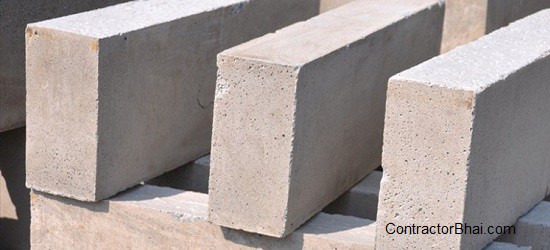
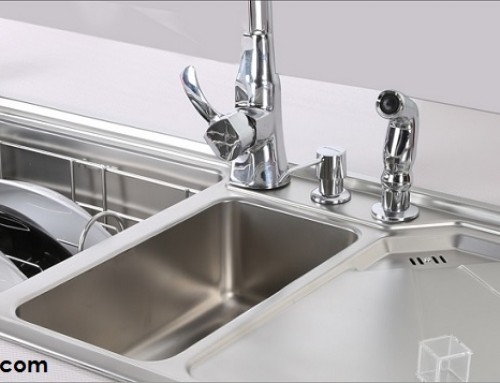
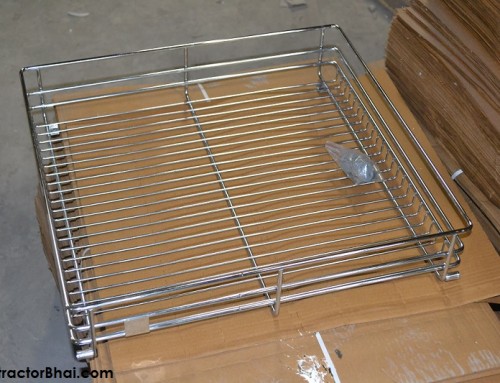
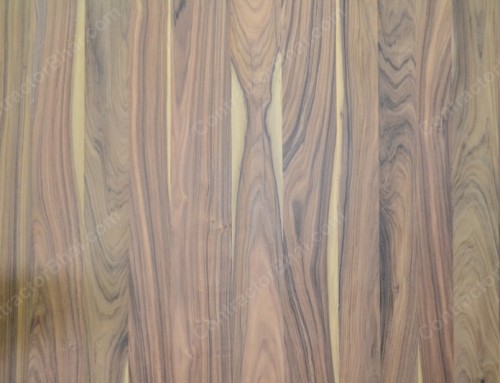
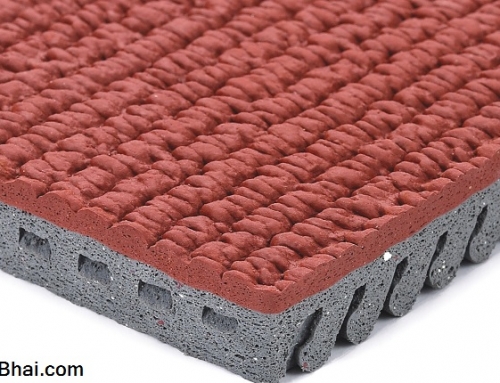
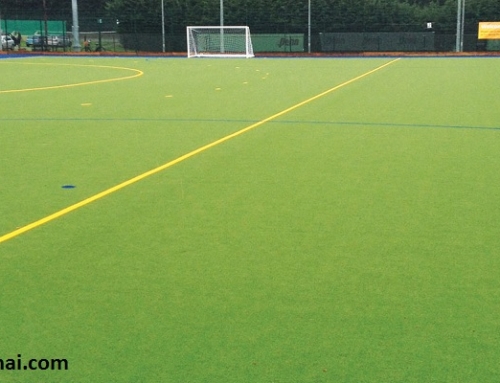
refreshing update
I am interesting to manufacture C4X(siporex) light weight blocks in small scale.
Please advice machinery and material
Best Regards
I am interesting to manufacture C4X(siporex) light weight blocks in small scale.
Please advice machinery and material
Best Regards